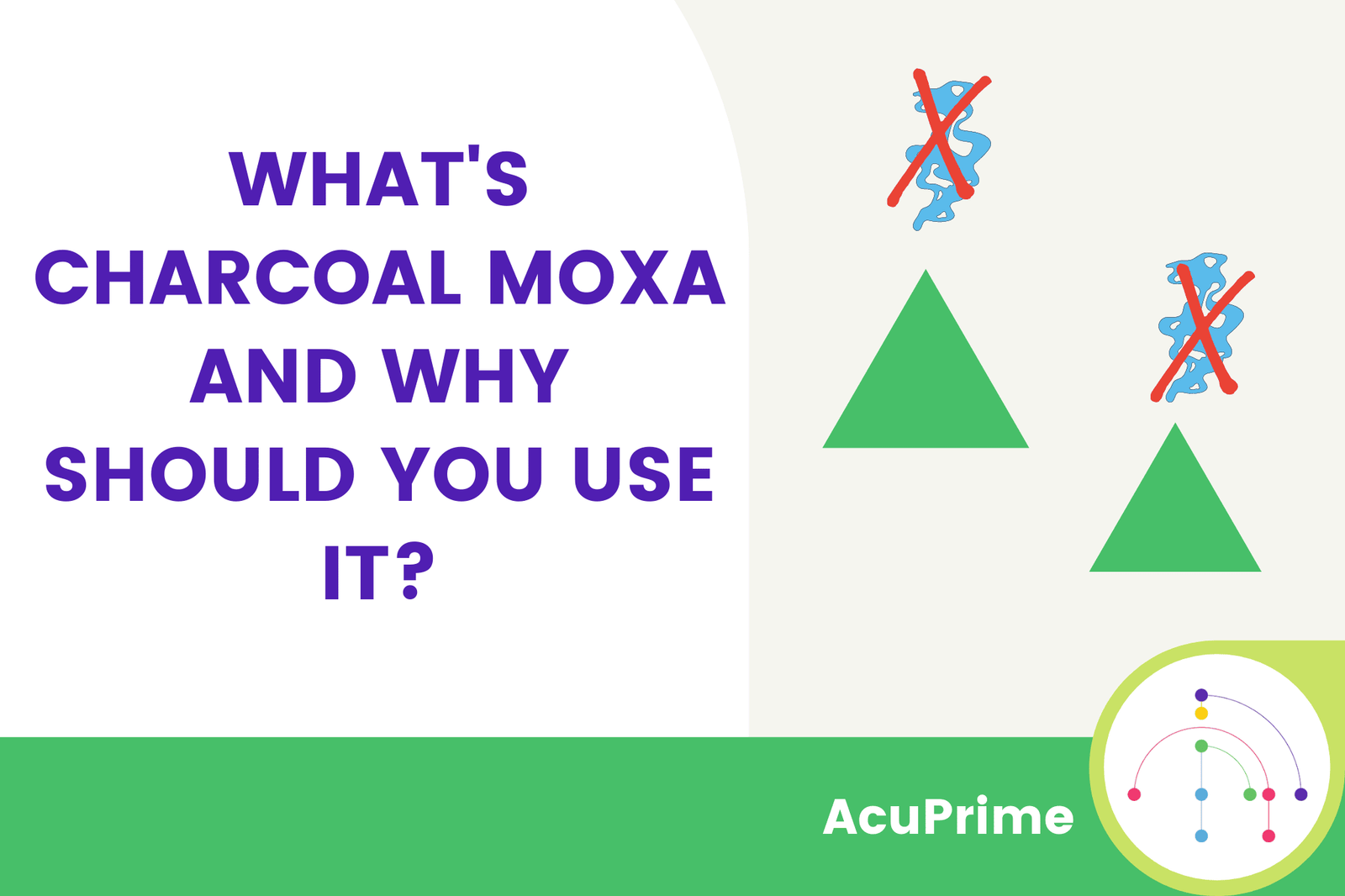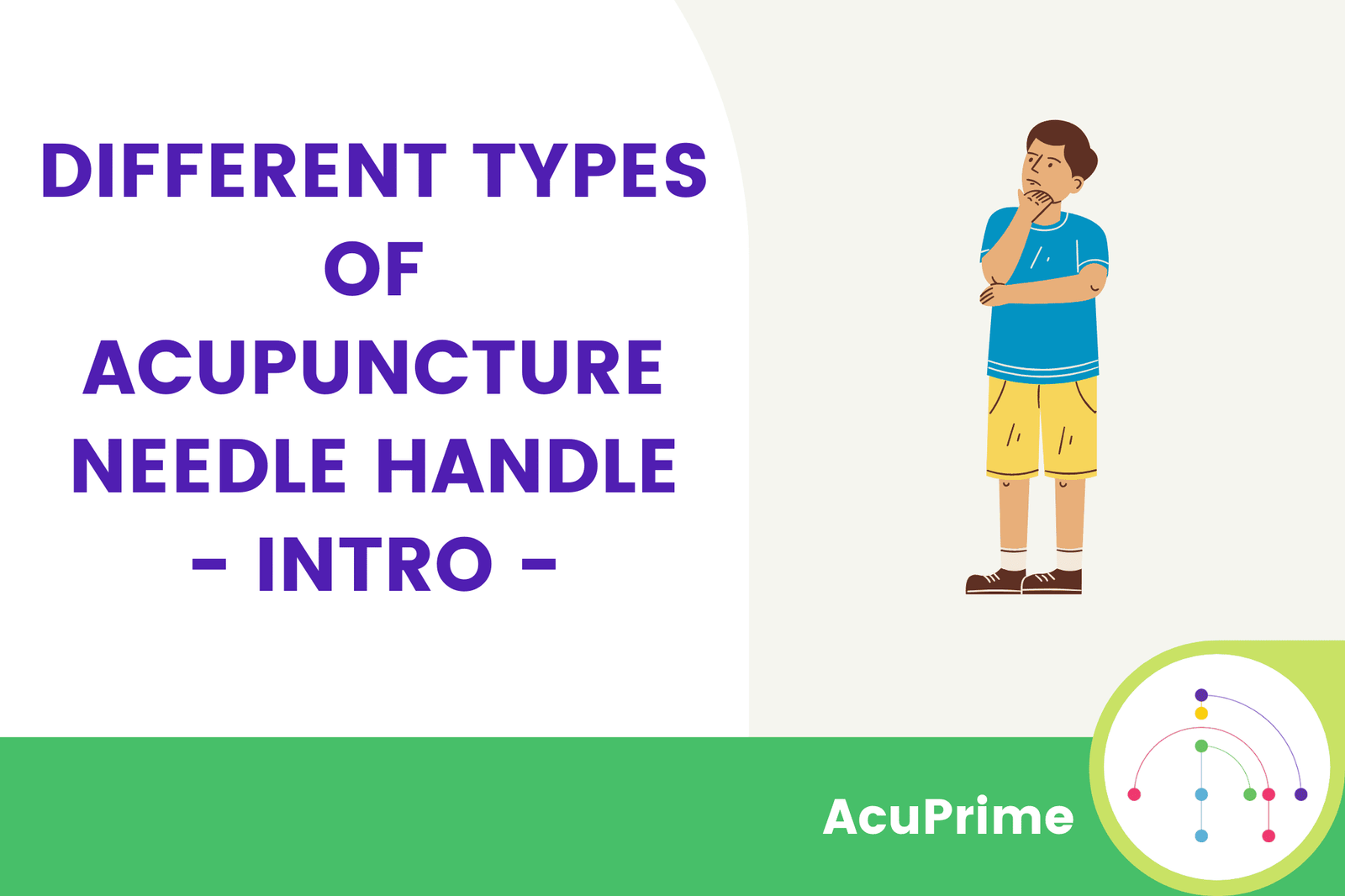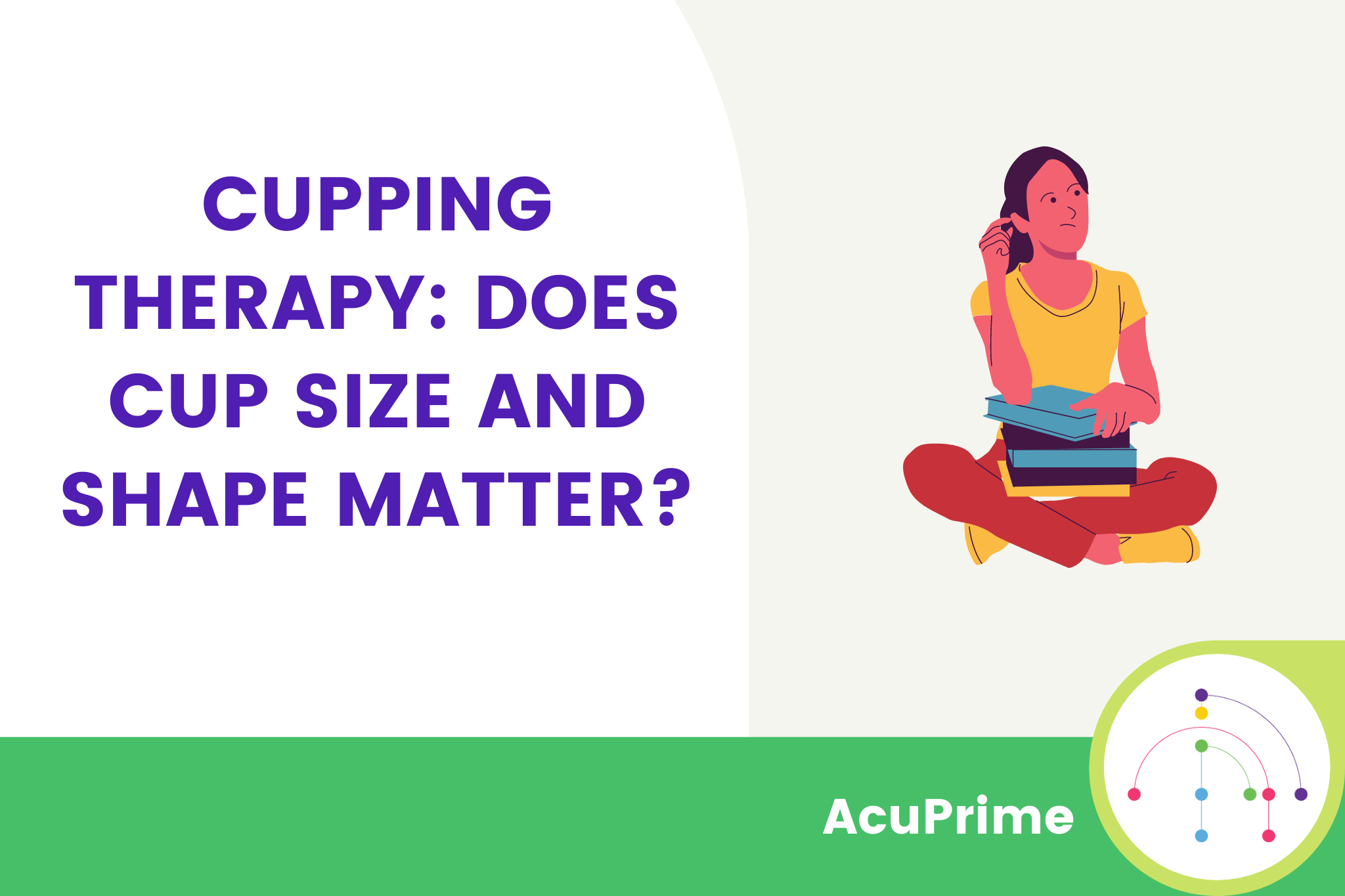Compression is a key part of physio and sports therapy but it’s not a one-stop-shop situation. Compression techniques can be as simple as pressing your hands onto the affected area or as intensive as inflating entire leg cuffs.
Compression machines and sleeves are often used in the medical treatment plan for conditions such as lymphoedema, venous diseases, poor circulation and arthritis. As the body already has internal compression functions, when those break down or falter, compression machines can take up some of the slack.
In a sports therapy context, compression machines are used to help reduce inflammation, aid muscle recovery and help treat conditions such as tennis elbow and tendon injuries. They’re used in a professional environment by therapists working with athletes and you can also get home-use machines.
If you’re new to the compression machine scene, here’s everything you need to know.
What are Compression Machines?
Compression machines are one of the weirdest looking devices you’re likely to use in the course of your career. They’re mostly used on the legs but can be used on arms too if necessary.
A compression machine is essentially a large version of a blood pressure cuff. The client puts their legs into the inflatable sleeves and the machine is switched on at the appropriate setting. Typically, the sleeves are split into various chambers and inflate and deflate alternately. This pulsing process replicates the internal pumping that your body does itself when you’re in motion.
This also creates a massage effect and works to improve the lymphatic drainage to the area, all while the client simply sits there and relaxes. Elite athletes are increasingly vocal about their usage of compression machines to aid recovery after training sessions so it’s no surprise that more sports people are beginning to use them.
How Do Compression Machines Work?
Being sedentary does very little for muscle recovery as it slows the circulation and offers the heart little help to retrieve blood. Athletes might engage in active recovery by doing gentle stretches and walking, helping the muscles and veins push blood back to the heart.
Compression machines are a form of passive recovery, where your muscles don’t need to do any work. Instead, the pulsing compression does the work instead, allowing muscles to relax and recuperate while still benefitting from the flushing effect of motion.
What to Look Out for in Compression Machines
When choosing a compression machine, firstly you need to know what it is you’re actually looking for. Many machines have names that include the words ‘pneumatic’ and ‘intermittent’. The term ‘pneumatic’ refers to anything using compressed air or other gas and ‘intermittent’ simply refers to the pulsating inflation the machines use to massage the muscles.
Most compression machines for athletic recovery are similar designs and these are the factors you might want to check out.
-
Pressure Levels
Pressure in compression machines is measured in mmHg (millimetre of mercury) and higher-grade machines tend to be capable of higher pressures. You should always be able to adjust the pressure to suit your client, so look out for machines that offer adjustable pressures.
The Dr Life LX9 model we offer has a pressure range of 20-200 mmHg. This is a larger range than many models available and is completely adjustable.
-
Inflation Pattern
Having a selection of inflation patterns allows you to further hone the compression experience to your client’s needs. The LX9 comes with four pre-programmed patterns.
Patterns include the peristaltic pattern, where the chambers inflate one at a time in an upward direction and the sequential pattern, where each chamber inflates in turn until all are simultaneously inflated.
-
Multiple Chambers
Not all types of compression machine have multiple chambers but it’s certainly a useful factor. Multiple chambers allow the machine to be adjustable for different needs and betters creates a pulsing action.
-
User Ease
The LX9 we offer is a professional level machine that’s clear and easy to use. The control panel is clearly labelled and easy to choose and check the mode, time and pressure.
Working with Compression Machines
If you want to offer compression machine services, you can bring clients into the clinic for compression machine treatment, recommend they have a compression machine at home or both.
There are quite a few compression machines on the market now and choosing one can be confusing. As long as the main factors above are taken into account and perform as you require, you don’t need to spend vast sums of money on huge brand names.
Here at Meridius, we sell the Dr Life compression machines because they’re highly effective, easy to use and offer an excellent range of pressures. We sell the LX9 professional model and the LX7 semi-professional model, both of which can be used in clinic or at home.
If you’d like to know more about our compression machines, feel free to send us an email with any questions you have. You can check out our compression machines online as well.








